11. Hero (Zhang Yimou, 2002, China)

Inspired largely from “Crouching Tiger, Hidden Dragon”, “Hero” is another technically sublime film, with solid cinematography and costumes, and an overall incredible production value. (Panos Kotzathanasis)
Buy This Title
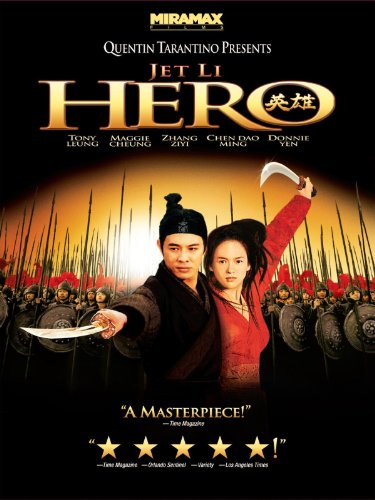
12. I'm a Cyborg, but That's Ok (Park Chan-wook, 2008, S. Korea)
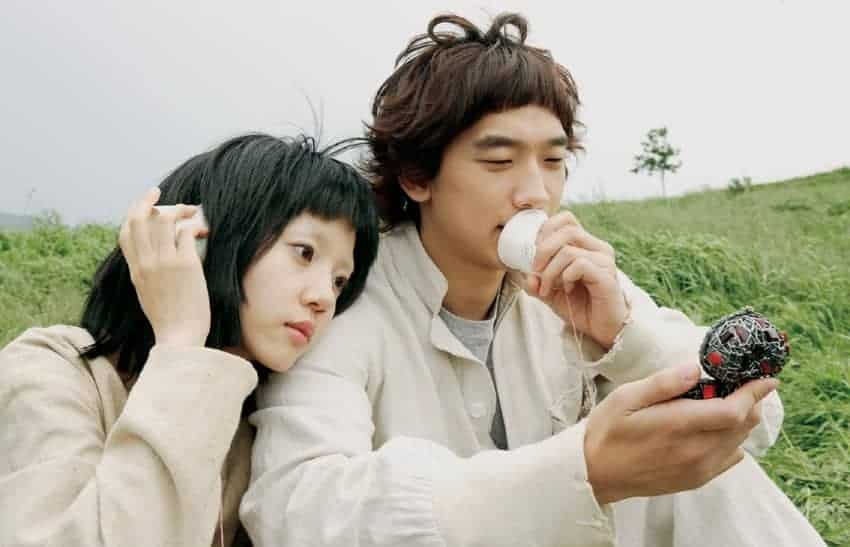
What do you do if you've just made “The Vengeance Trilogy”, three very violent, very dark, very iconic films based on the theme of revenge? If you're Park Chan-wook, you follow them up with a romantic comedy, of course! … “I'm a Cyborg, But That's OK” almost feels like a non-traditional fairytale at places with weird, bonkers but wonderful characters. Go on, recharge your batteries. Be wacky. Sometimes, that's OK. (Rhythm Zaveri)
Buy This Title

13. In the Mood for Love (Wong Kar-wai, 2000, Hong Kong)

“In the Mood for Love” continues the theme of codes as a mode of communication. Especially if you go through several viewings of this film, or for that matter any film by this director, you will notice the rich pattern of codes Wong Kar-wai uses as a pattern within his works. Considering the city as a space whose crowded state does not allow any deviation from social conventions, secrecy and deception become inevitably central character traits of the inhabitants of the urban setting. One the one hand, this relates back to the idea of eating alone versus sharing food, but also to details such as the color of a dress, the tie a man is wearing or the tiniest of gestures (or even the lack thereof)… “In the Mood for Love” is a visually beautiful film about love, urbanity and secrecy. (Rouven Lin)
Buy This Title
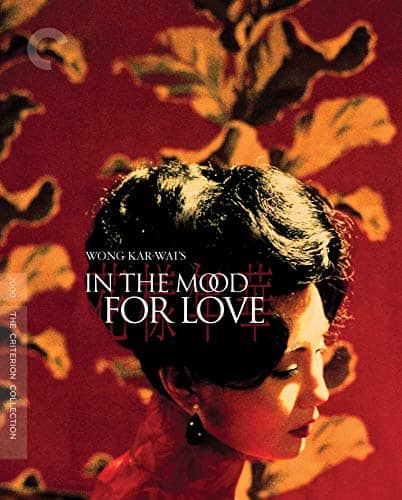
14. Kamikaze Girls (Tetsuya Nakashima, 2004, Japan)

Nakashima's personal style, which is characterized by intense colors, music video aesthetics, absurd humor and an overall hyperbole, finds one of its apogees here, with Kyoko Fukada and Anna Tsuchiya personified these aesthetics in superlative fashion.
Buy This Title

15. Memories of Matsuko (Tetsuya Nakashima, 2006, Japan)

In a true extravaganza of images and colors, Tetsuya Nakashima and his cinematographer, Masakazu Ato, presented a film that is extremely beautiful in its hyperbole. The style is excessive to the point of dizziness, but Nakashima also managed to infuse it with meaning and context that varies from extremely happy moments to extremely sad, as the colors match the mood of each scene. (Panos Kotzathanasis)
Buy This Title
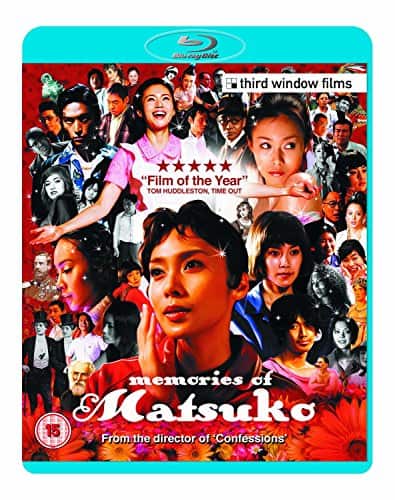
16. Milocrorze: A Love Story (Yoshimasa Ishibashi, 2011, Japan)
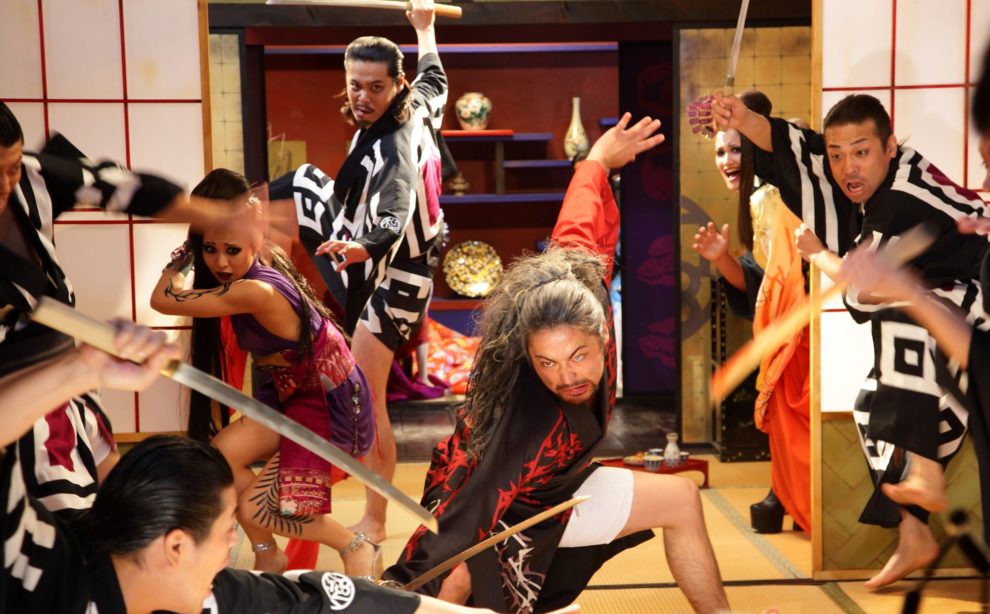
Matsuharu Oyamada's cinematography implements the ludicrous aesthetics of the film to perfection, particularly through the use of color, and with the help of the excellent work done in costumes (Kyoko Amano and Kouichi Emura), art direction (Ishibashi himself) and visual Effects (Masahiro Teraoka). Ishibashi's own frantic editing intensifies the absurdity, with the same applying to the music of the film… “Milocrorze: A Love Story” is definitely silly, but is also hilarious, intense and very entertaining, and a movie that most fans of “different” mainstream cinema can easily enjoy. (Panos Kotzathanasis)
17. Mishima: A Life In Four Chapters (Paul Schrader, 1985, USA)
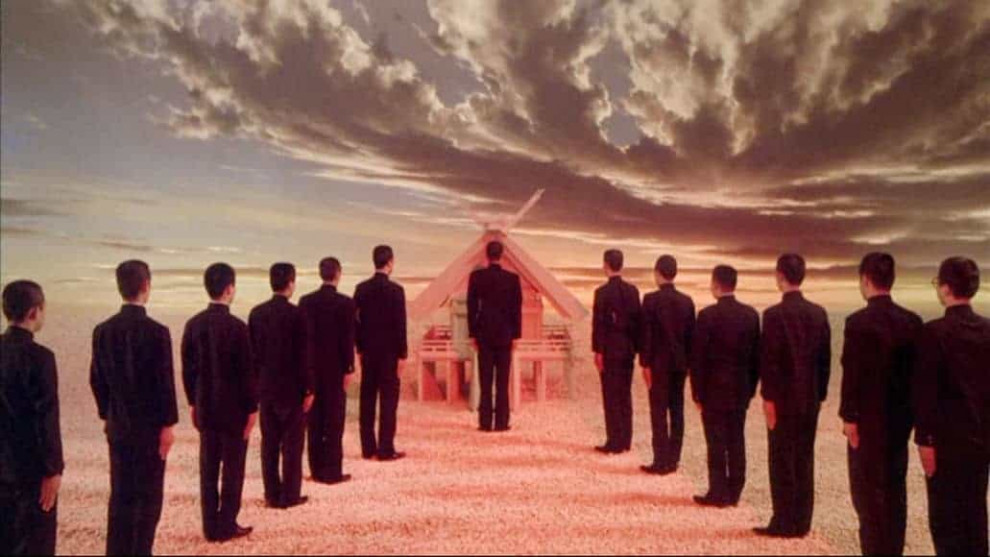
“Mishima: A Life in Four Chapters” is a challenging film, a story which will undoubtedly provoke its viewers. Given its well-constructed script and its great central performance by Ken Ogata, this is a worthy cinematic experience for those interested in the distinction between art and life, between action and words for dichotomies like this may give birth to great beauty, they may also allow us to look into a burning fire that might sweep over our world. (Rouven Lin)
Buy This Title

18. Pistol Opera (Seijun Suzuki, 2001, Japan)

Suzuki's final flurry of filmmaking returned to his cinema of pure entertainment with “Pistol Opera”, in 2001. This is a remake/sequel to “Branded To Kill”, and he committed to it, in absurd style! (Jonathan Wilson)
Buy This Title
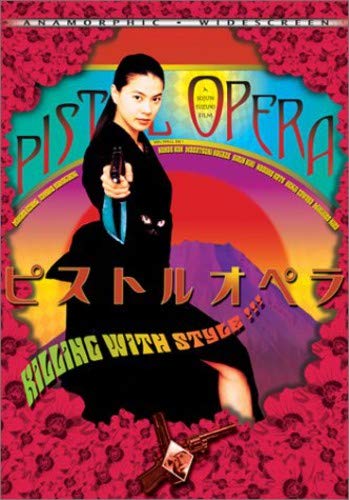
19. Raise the Red Lantern (Zhang Yimou, 1991, China)
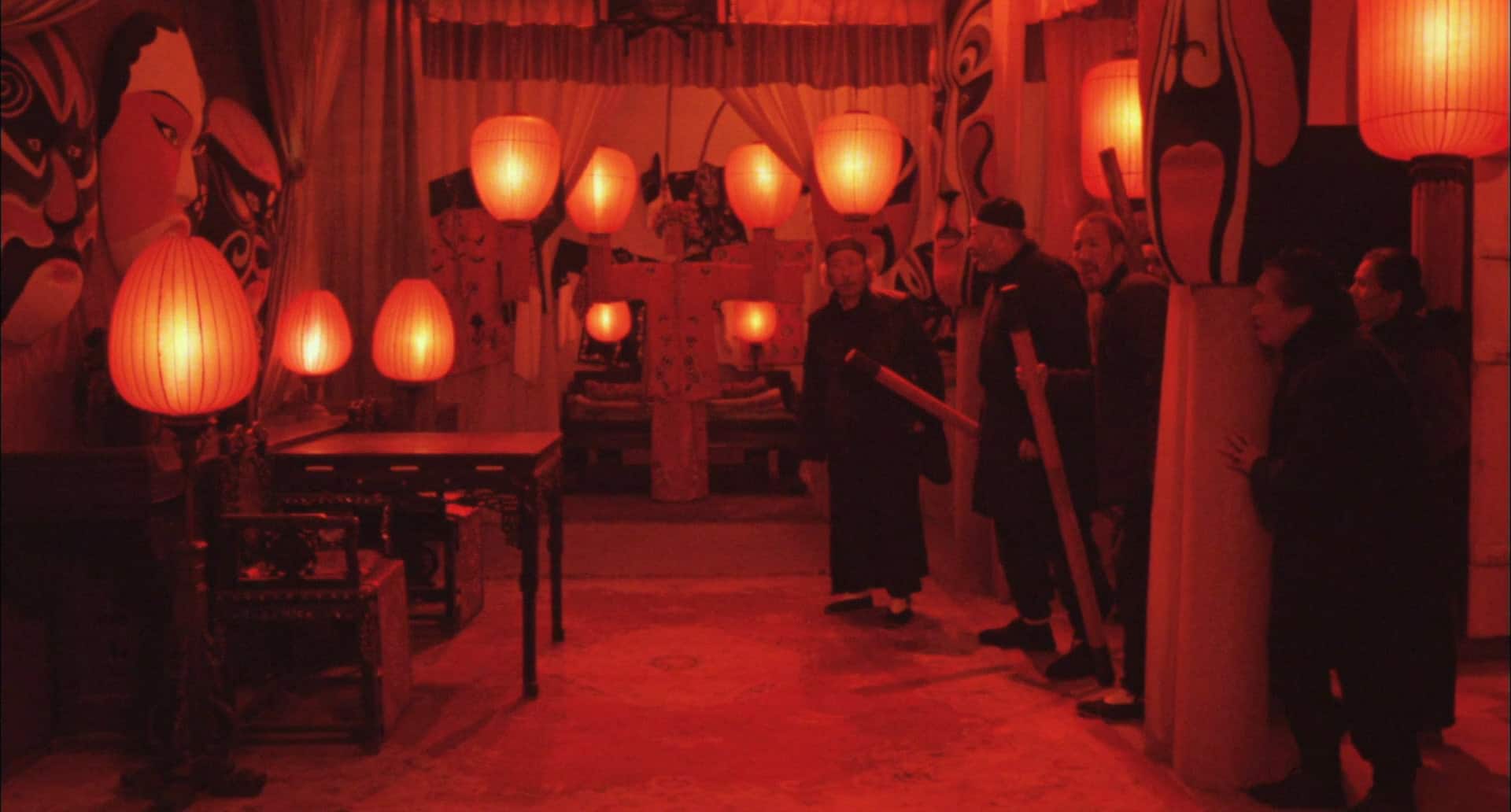
The cinematography is actually a part of the story, mainly through the master shot of the central courtyard of the house, which is open to the sky, and features the wives' apartments on both sides and the master's in the end. The passing of each season is witnessed through the state of this courtyard as it becomes filled with snow, or wet from rain, or bathed in sun. Furthermore, the interior of the house is ominously shot, in a clear parallel with Songlian's plight. Zhang used very bright colors through the Technicolor medium, with its usual richness of red being particularly evident in the titular lanterns. (Panos Kotzathanasis)
Buy This Title

20. Ran (Akira Kurosawa, 1985, Japan)

In another audiovisual poem by the Japanese master, “Ran” features astonishing cinematography through the techniques of Kurosawa and Asakazu Nakai, Takao Saito and Shoji Ueda. The film highlighted Kurosawa's ability to direct and simultaneously shoot a large number of actors. This trait becomes particularly evident in the scene where Jiro launches an attack on Saburo's forces, with the latter retreating into the woods. Kurosawa almost exclusively used long shots through many static cameras, cutting between them. This technique made even the key figures appear irrelevant, while the spectator cannot identify with them, but instead functions as a distant observer of the despair caused by war.
Buy This Title
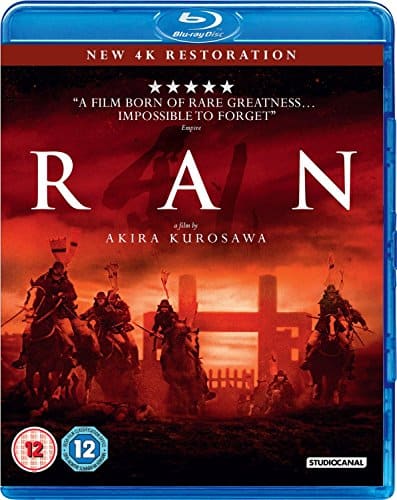



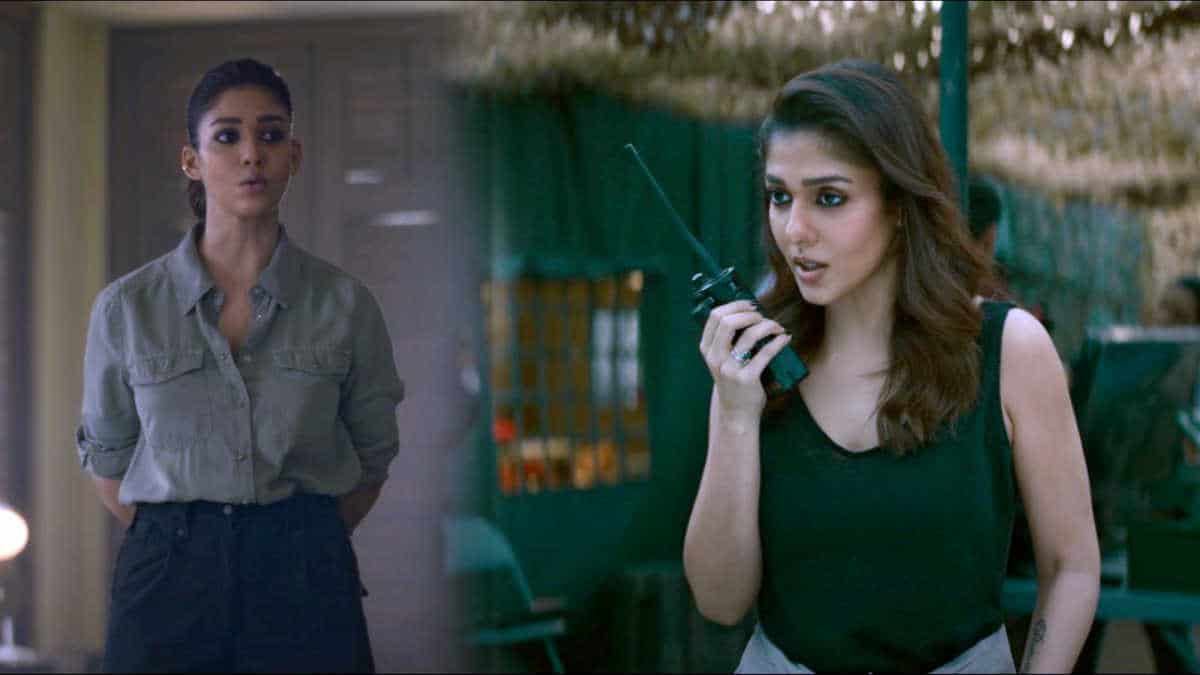
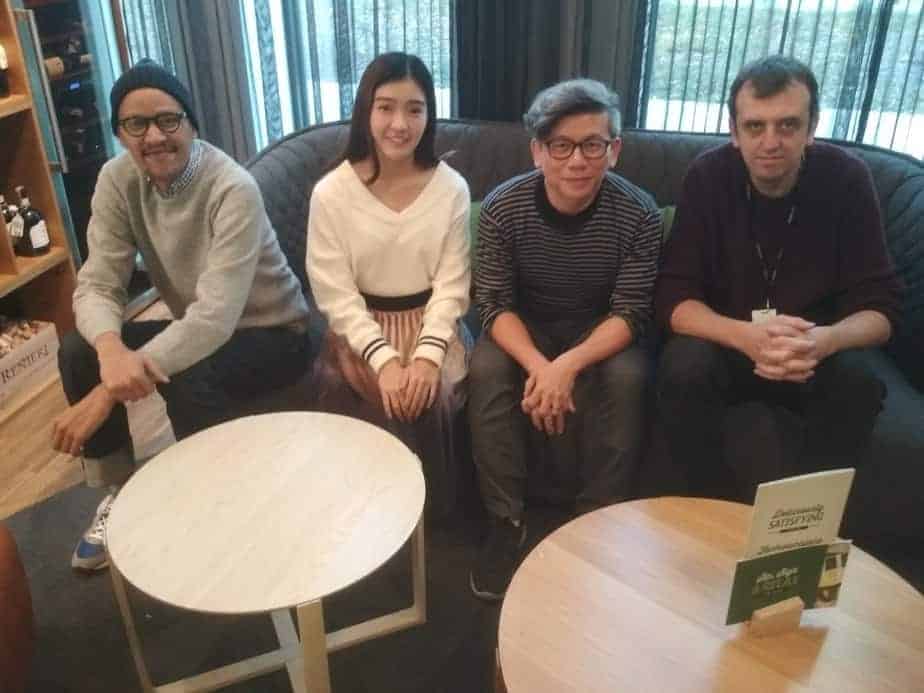
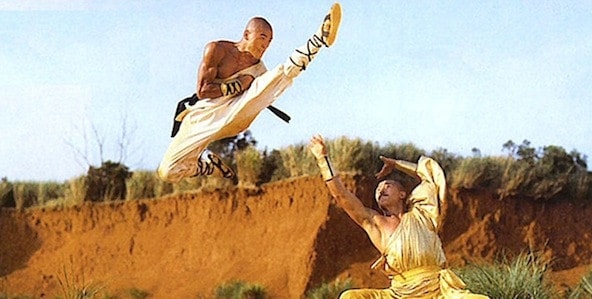
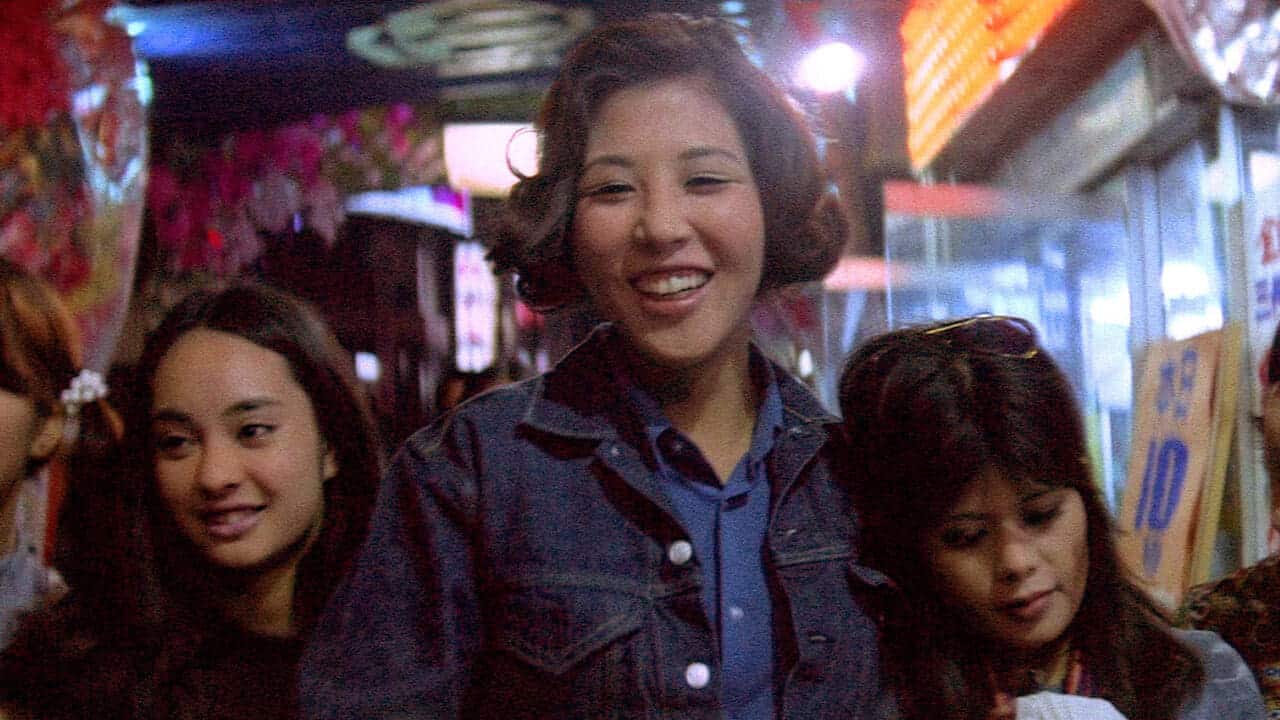








Thanks for the recommendations!
Here’s another from me : Padmaavat.
It’s fucking stunning, also stars Deepika Padukone and far better than Goliyon Ki Rasleela Ram-Leela in my opinion.
Thank you for your suggestion, this could have definitely been included in the list